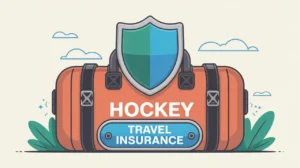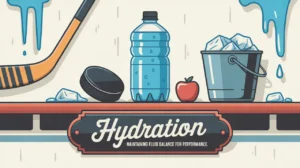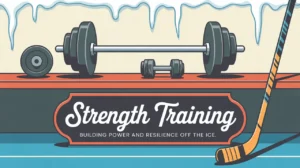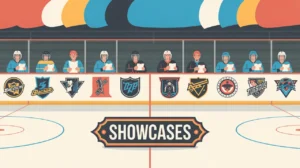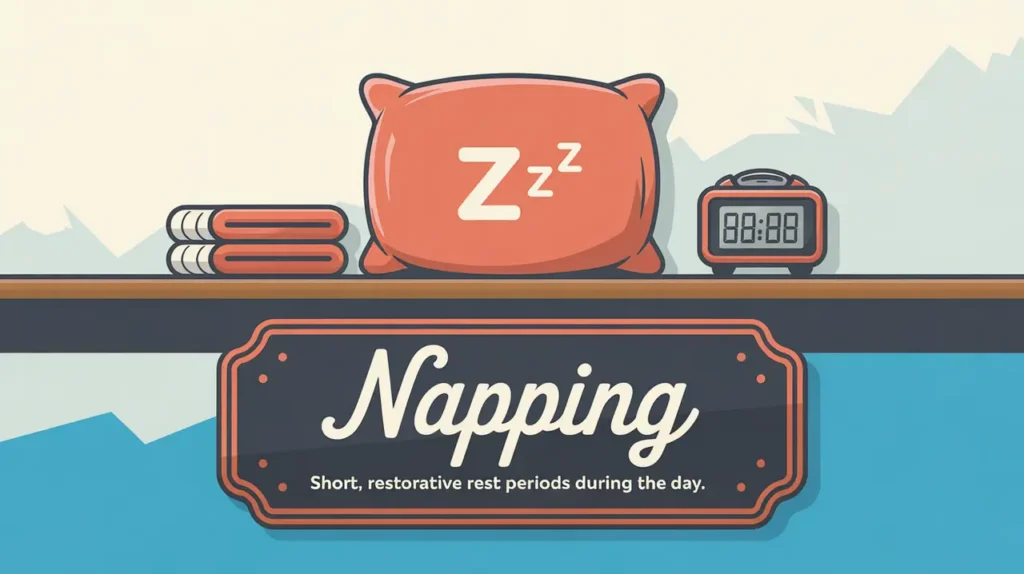Jim’s Intro to Active Recovery
Hi folks, Jim here, the only commentator who once thought “active recovery” meant jogging to the snack bar between periods.
What is active recovery?
Active recovery is low-intensity movement or exercise done after intense activity to help the body recover faster. Instead of collapsing on the couch after a tough game or practice, players keep the blood flowing with controlled, easy movement that speeds up the body’s repair process.
How does it work?
Active recovery helps clear out fatigue and prepare the body for the next session:
- Improves Circulation: Light movement increases blood flow, delivering oxygen and nutrients to muscles.
- Flushes Waste Products: Helps remove lactic acid and metabolic byproducts from exertion.
- Reduces Stiffness: Gentle activity prevents muscles from tightening up after intense play.
- Supports Mental Reset: Low-pressure activity gives players space to unwind while still engaged.
- Speeds Recovery: Muscles heal and re-energize more efficiently than with total rest alone.
How do you make good decisions with it?
- Choose Light Activities: Skating slowly, light jogging, cycling, stretching, or mobility work all work well.
- Time It Right: Within 24 hours of games or heavy practices is ideal.
- Keep It Easy: The goal is recovery, not training. Keep intensity low.
- Be Consistent: Regular active recovery works better than sporadic sessions.
- Listen to Your Body: If something feels off, scale back or rest fully.
How do you master it?
Mastering active recovery means making it part of your routine, not an occasional add-on. Players who recover actively bounce back faster and handle grueling schedules with more resilience.
What does it look like when done right?
Good active recovery looks smooth and relaxed. Players move lightly, loosen up, and finish feeling refreshed rather than exhausted.
Commentator’s Corner
Jim’s Take
Active recovery is like a good post-game handshake line. It’s low effort, keeps the flow going, and sets you up for what’s next.
Parent Tip
Encourage light movement the day after tournaments. A walk, swim, or easy skate does wonders for tired legs.
Player Tip
Treat active recovery as seriously as training. It’s the bridge between hard work and peak performance.
A Final Thought
Active recovery keeps players sharp and ready through the ups and downs of the season. Master it, and you’ll bounce back faster, stay healthier, and feel better game after game.


